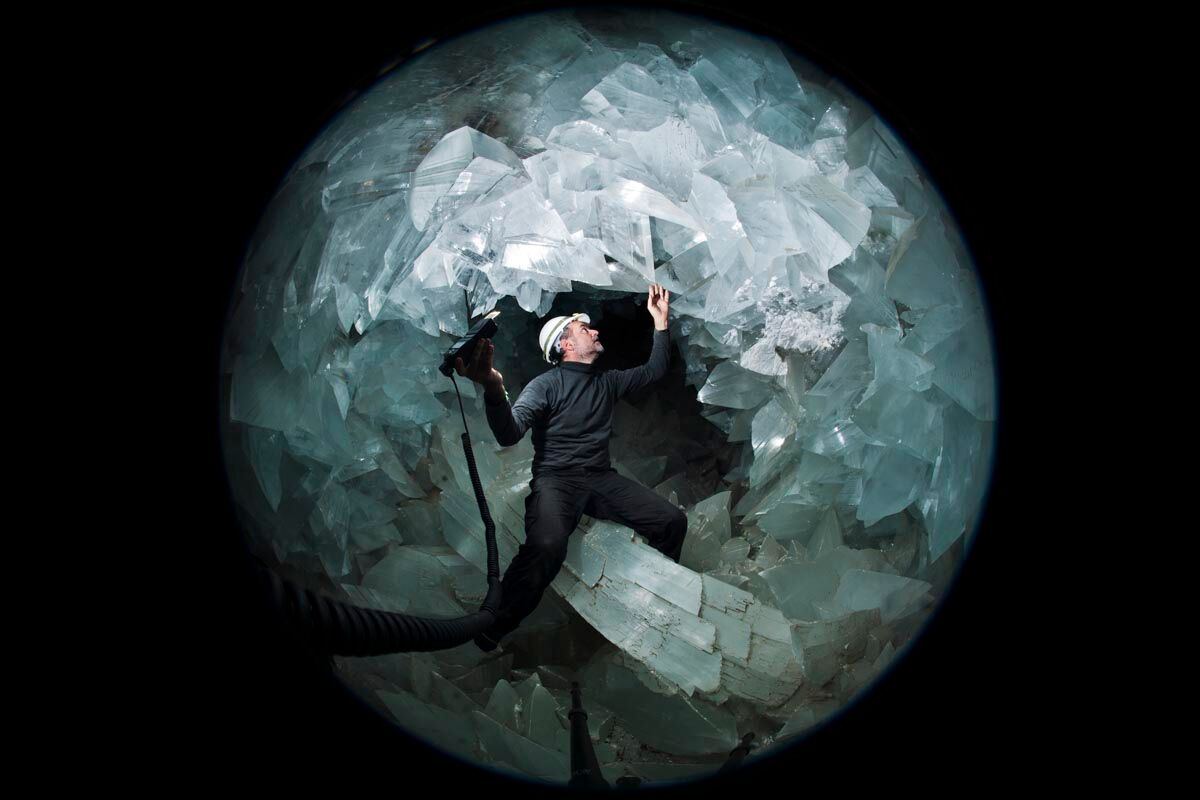When you buy through links on our site , we may take in an affiliate charge . Here ’s how it works .
Radiation from Japan ’s leaking Fukushima atomic power plant has reached amniotic fluid offshore Canada , researchers said today at the one-year American Geophysical Union ’s Ocean Sciences Meeting in Honolulu .
Two radioactive cesium isotopes , cesium-134 and cesium-137 , have been detected offshore of Vancouver , British Columbia , investigator say at a word conference . The detected compactness are much lower than the Canadian safety bound for cesium story in drinking water , suppose John Smith , a research scientist at Canada ’s Bedford Institute of Oceanography in Dartmouth , Nova Scotia .

The Fukushima Daiichi Nuclear Power Plant in Japan.
Tests conducted at U.S. beach indicate thatFukushima radioactivityhas not yet make Washington , California or Hawaii , say Ken Buesseler , a senior scientist at the Woods Hole Oceanographic Institute in Woods Hole , Mass.
" We have results from eight location , and they all have cesium-137 , but no cesium-134 yet , " Buesseler said . ( isotope are atoms of the same component that have different numbers of neutrons in their nuclei . In this pillow slip , cesium-137 has more neutron than cesium-134 . )
The scientist are track a radioactive plumage from Japan ’s Fukushima Daiichi atomic power flora . Three atomic reactor at the power works dissolve down after the March 11 , 2011 , Tohoku earthquake . The meltdown was triggered by the massive tsunami that follow the quake . [ Fukushima Radiation Leak : 5 Things You Should roll in the hay ]

The background level of radiation in oceans and seas varies around the globe.
Cesium signals
The initial atomic accident from the Fukushima reactors released several radioactive isotopes , such as iodine-131,cesium-134 and cesium-137 . Cesium-137 has a half - life of 30 yr and stay in the surroundings for decades . Cesium-134 , with a half - aliveness of only two years , is an unequivocal marker of Fukushima ocean contamination , Smith said .
" The only cesium-134 in the North Pacific is there from Fukushima , " he said . Cesium-137 , on the other handwriting , is also present from nuclear weapon tests and discharge from nuclear business leader plant .

Smith and his colleagues get across rising levels of cesium-134 at several sea monitoring Stations of the Cross west of Vancouver in the North Pacific start in 2011 . By June 2013 , the immersion reached 0.9 Becquerels per cubic measure , Smith said . All of the cesium-134 was concentrated in the upper 325 foot ( 100 m ) of the ocean , he said . They are awaiting outcome from a February 2014 sampling trip .
The U.S. safety limit for cesium level in drinking water is about 28 Becquerels , the number of radioactive decline result per second , per gallon ( or 7,400 Becquerels per cubic beat ) . For compare , unpolluted seawater check only a few Becquerels per cubic beat of Cs .
Cesium-137 levels at U.S. beaches were 1.3 to 1.7 Becquerels per cubic meter , Buesseler said . That ’s alike to background levels in the sea from atomic weapons testing , suggesting the Fukushima feather has not reached the U.S. coastline yet , he read .

The young monitoring data does not show which of two competing model well predicts the succeeding concentration of Fukushima radiation along the U.S. West Coast , Smith said . These model hint that radionuclides from Fukushima will begin toarrive on the West Coast in other 2014and peak in 2016 . However , the models disagree in their predictions of the peak compactness of atomic number 55 — from a Sir David Alexander Cecil Low of 2 to a upper limit of 27 Becquerels per three-dimensional meter . Both peaks are well below the high level recorded in the Baltic Sea after Chernobyl , which was 1,000 Becquerels per three-dimensional meter .
" It ’s still a little too early to know which one is correct , " Smith said .
Safety concerns

The impending arrival of radioactive contaminants from Fukushima has call down concerns among coastal residents in the United States and Canada . But oceanographers and radiotherapy expert say the radiation levels will be too low to jeopardize human health .
" These levels are distinctly not a human or biologic terror in Canada , " Smith say .
Fukushima ’s radiation reached coastal Canada first because of the powerful Kuroshio Current , which flows from Japan across the Pacific . The plume will then flow down the slide of North America and circle back toward Hawaii , models augur .

But Buesseler thinks evenlow layer of contamination meritoriousness monitoring , both for human health selective information and for the wealth of datum about Pacific Ocean currents such monitoring could bring home the bacon . On Jan. 14 , he launched a website called " How Radioactive is Our Ocean ? " , where the public can make tax - deductible donation to confirm the psychoanalysis of existing water samples , or propose and fund newfangled sample locating along the West Coast .
And at Fukushima , radioactive water continues to get out from the damage king plant into the ocean . Anew making water was reported last hebdomad , although that one did not empty into the sea .













